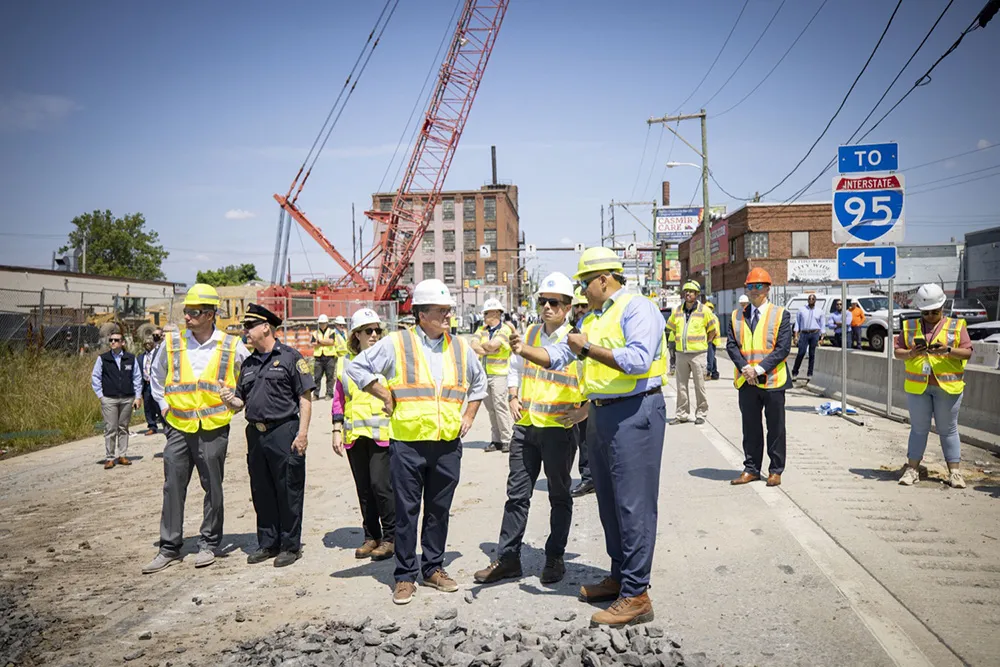TRICS, the UK and Ireland’s national system of trip generation analysis, is introducing the TRICS 7 series to user organisations at a free event to be held at The Grand Connaught Rooms in London on 14 January.
TRICS 7 is a comprehensive redesign of the TRICS user interface, with efficiency, user-friendliness, logic and structure in mind. It is the result of two years of research, consultation and development and is a major upgrade from the previous TRICS 6 series.
An improved logical interface reduce
January 8, 2014
Read time: 2 mins
TRICS, the UK and Ireland’s national system of trip generation analysis, is introducing the TRICS 7 series to user organisations at a free event to be held at The Grand Connaught Rooms in London on 14 January.
TRICS 7 is a comprehensive redesign of the TRICS user interface, with efficiency, user-friendliness, logic and structure in mind. It is the result of two years of research, consultation and development and is a major upgrade from the previous TRICS 6 series.
An improved logical interface reduces the number of mouse clicks and keystrokes needed, whilst the functions of the system have been rearranged in a more intuitive and understandable way.
Changes have been made to the way users view lists of sites from the home screen and trip rate filtering process, enabling site lists to be sorted by any column, in ascending or descending order, simply by clicking on the column heading. A new Map column has also been introduced, allowing users to click on the map icon in any row in the site list to access a site’s location instantly. Other changes include the ability to add and remove columns and changes to tables and site record displays.
The event on 14 January will consist of presentations in the morning, including a comprehensive TRICS 7 system demonstration, followed by hands on sessions in the afternoon.
TRICS 7 is a comprehensive redesign of the TRICS user interface, with efficiency, user-friendliness, logic and structure in mind. It is the result of two years of research, consultation and development and is a major upgrade from the previous TRICS 6 series.
An improved logical interface reduces the number of mouse clicks and keystrokes needed, whilst the functions of the system have been rearranged in a more intuitive and understandable way.
Changes have been made to the way users view lists of sites from the home screen and trip rate filtering process, enabling site lists to be sorted by any column, in ascending or descending order, simply by clicking on the column heading. A new Map column has also been introduced, allowing users to click on the map icon in any row in the site list to access a site’s location instantly. Other changes include the ability to add and remove columns and changes to tables and site record displays.
The event on 14 January will consist of presentations in the morning, including a comprehensive TRICS 7 system demonstration, followed by hands on sessions in the afternoon.










